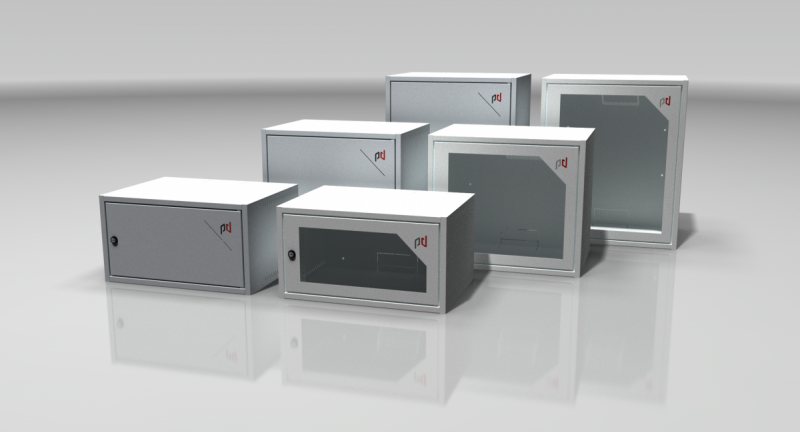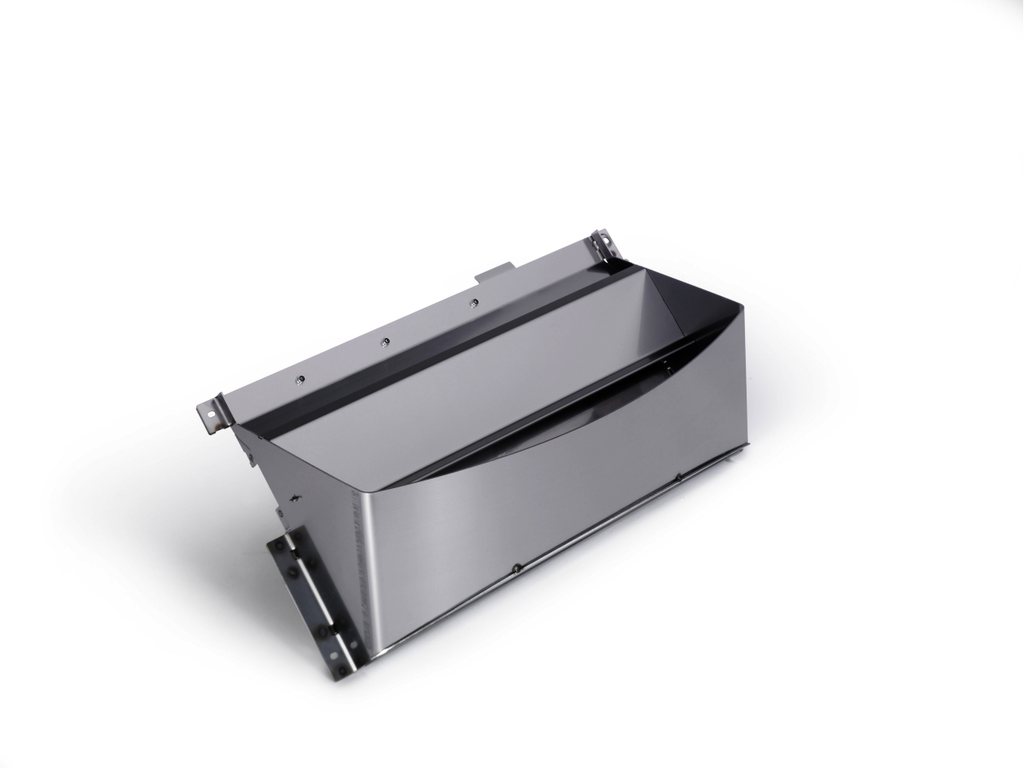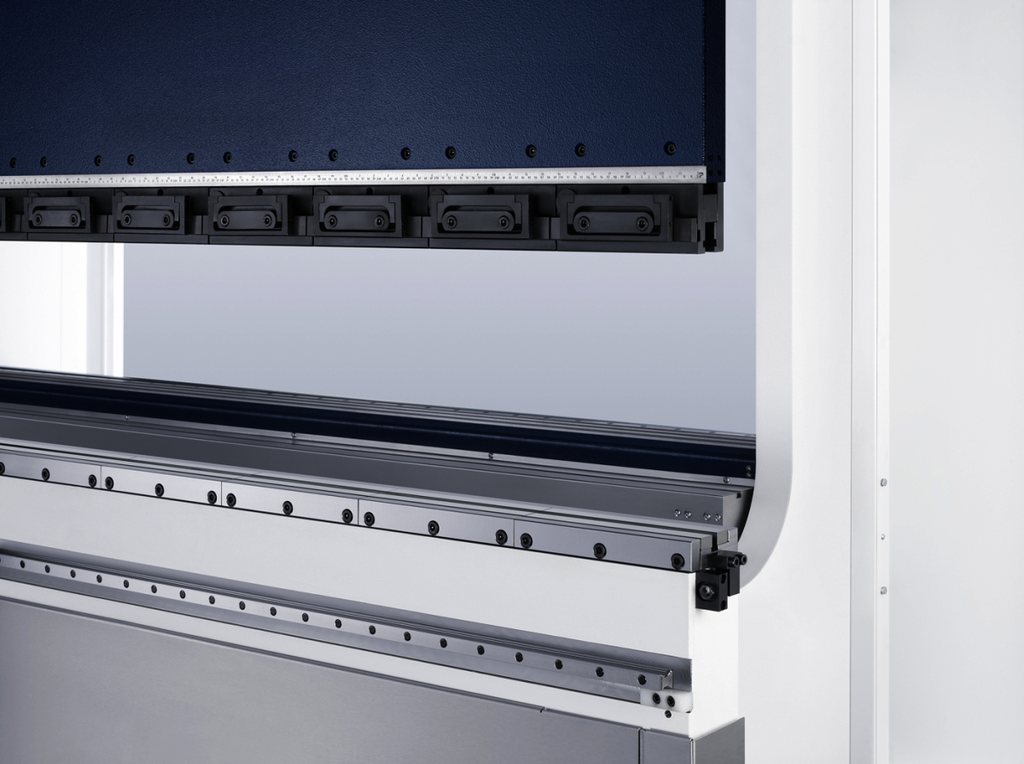The use of sheet metal products

We can hardly find a field of human activity, which could have done without the sheet metal processing. Sheet metal work, though it may not seem so obvious it simply accompanies every step. We can look at a few examples.
Sheet metal products are found in many industries such as the automotive industry, which is representing the frames, parts of the controls, bodies, or perhaps exhausts. These products must be very durable, long lasting, resistant to corrosion or erosion, plus they have to meet other criteria such as low weight, good formability, flexibility and aesthetic criteria.
In the food industry can be found in particular containers for storage and processing of raw materials and manufacturing sheet metal tools. For such products of sheet metal include strict criteria for durability and safety, since they must withstand various acids, water vapor and temperature changes. In the food industry, sheet metal covered by a small protecting layer of tin is most commonly used, since this example, compared with zinc sheets creates much less reactivity with organic materials.
As for engineering, the most common are steel sheets, used as machine parts, covers, storage facilities and so on. A separate chapter are the parts, connections, terminals, carriers and anything that can be found in industrial plants. These products made of sheet metal emphasize mostly on the strength and reliability as well as the costs. The biggest enemy for sheet metal is corrosion which may be preceded by metallization or protective coatings. Zinc, tin, nickel, chromium and others are usually used as a protective material for sheet metal.
Most of the agricultural machinery could hardly do without bending sheet metal. Few people also realize that for example the fabrication of rims for bicycles also belongs to the sheet metal processing. Other products from sheet metal parts are needed in furniture, fences, signs, lamps, vessels, or their parts and essential components of structures (bridges, the whole construction of production halls, warehouses, garages, outside layers of the tunnels, cabin lifts, ...)
About sheet metal in general

Often people wrongly consider Sheet metal to be some less valuable material. But the reality is much more complicated. On the one hand, yes, if you compare a sheet metal blade with a knife made of Japanese stainless steel, it is true. On the other hand, products made of sheet metal are really exclusive products compared to plastic products (MacBook, iPhone ...).
Professionally speaking, sheet metal is simply a flat metal plate. Unlike for example the casting metal molds, the process of its production is called forming. There are many types of forming (forging, drawing, rolling) and are carried out as well at high temperatures as sometimes even cold. Subsequently they can be rolled into rolls or supplied as sheets, strips, etc. The essential feature is the uniform sheet structure.
Sheet may be made of different materials, some are used more (in particular, various types of steel) than others, and there are even downright special sheets from alloys and expensive materials, for example for luxury products of sheet metal. The sheet material is available in various thicknesses. Besides steel, let's mention copper, brass, aluminum or titanium.
The most commonly used sheet metal
- Steel sheets
- Aluminium sheets
- Copper sheets
- Brass sheets
- Bronze plates
- Stainless steel sheets
Sheet metal processing, CNC fabrication

The same raw plate can at the end serve as a bucket for the sump or as a sterile environment in the hospital. The issue of processing sheets of metal is incredibly rich, and it is precisely its processing capabilities, that make it such an interesting material.
The time it takes for raw sheet metal to become a final product can vary quite a lot and it depends mainly on the number of processing operations. Sheet metal can meet a lot of technology like pressing, bending, folding, welding, cutting, punching, painting, sandblasting, metalizing or powder coating. Let us have a closer look at some of them.
First of all, it is however necessary to say that the most interesting trend is definitely the developement of CNC sheet metal processing, which not only made the processing cheaper, quicker and easier, but in many ways also expanded the possibilities. CNC fabrication is also a lot safer.
Sheet metal welding
By the term sheet metal welding, we can easily imagine a simple welding of two metal sheet parts together with a welding torch. But there are also more interesting ways to use this technology of welding, such as for example stud welding.
We distinguish mainly melt and pressure welding and of specific technologies then shielded arc welding and spot welding.
Resistance welding involves the welding of two materials lying to each other (eg. Steel mesh and similar products made of sheet metal). Electrodes are placed on both parts (usually copper) which creates a point of contact , the so called Impedance, which causes a temperature rise in the contact and thus welding. We distinguish three main types and these are spot welding, seam resistance welding and projection resistance welding.
The second most commonly used technology is shielded atmosphere welding, which belongs to the arc welding. Welds using welding machines either directly via melting of the welding wire and welding distribution media tube.
The welded seam is protected by gas. In Europe we distinguish the MIG (argon and helium - does not participate in metallurgy) and MAG (carbon dioxide). When using non-consumable electrode, only inert gases can be applied and the method is referred to as TIG or WIG welding.
Cuttin, breaking, punching and forming sheet metal
This group is also known as surface processing of sheet metal through cutting. It uses both manual methods as well as CNC sheet metal processing. In principle, the separation of parts of the material (cutting sheet metal) with the cutting edge until it is separated (shearing points).
They used two surfaces, one of which is the most stable (die) and a movable part (punch). Overall, the devices in general are called Stamping. According to the method of use, these are divided into parallel, inclined, circular knives or knives for profiles and rods.
Bending sheet metal
Folding sheets or CNC sheet metal bending is probably the most widely used sheet metal processing at all. Sheet metal bending can be done at home using a vice, but industrial sheet metal bending is much more advanced.
The nature of bending sheet metal lies in permanent deformation of the material due to bending moment of the bending forces. This shape change should happen without substantial change in cross-section. Specifically, it may be a simple sheet metal folding, sheet metal bending, curling, straightening or continuous bending with profiled rollers.
Powder painting - Komaxit
Powder painting recently changed significantly the quality of the overall treatment of sheet metal. Powder painting can now be managed as a CNC machine, it is cheaper, more accurate, faster and more eco friendly while maintaining higher quality of paint coating than conventional means. Powder coating is also referred to as Komaxit.
In general, the powder painting or coating is a final single-layer coating, which can be used to obtain the desired character and appearance of the surface and improve the corrosion resistance of sheet metal. Komaxit means applying powder with a stream onto the surface and subsequent burning. Powder painting uses basically two methods of komaxit: making the coating powder ("fluiding" powder) and the electrostatic charging of particles, which stick to the surface through Coulomb forces.